Karachi, the largest and the most popular city of Pakistan presents an interesting and colorful combination of the old and new. The narrow twisting lanes and alleys of the old city throb with life alongside wide metallic roads and elegant modern buildings. Within the city, talented artisans with age-old skills produce handicrafts of exquisite beauty.
Karachi, the largest and the most popular city of Pakistan presents an interesting and colorful combination of the old and new. The narrow twisting lanes and alleys of the old city throb with life alongside wide metallic roads and elegant modern buildings. Within the city, talented artisans with age-old skills produce handicrafts of exquisite beauty.
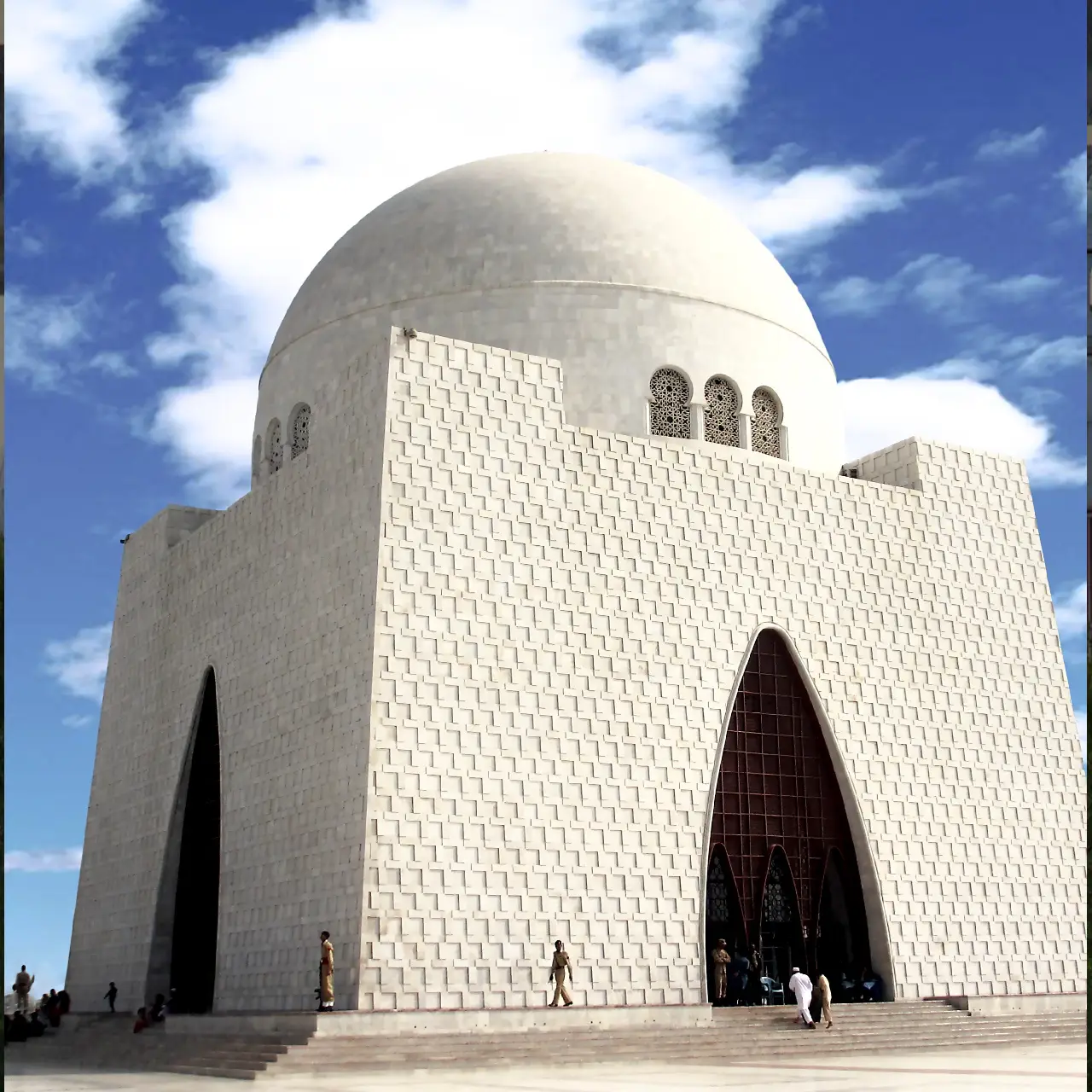
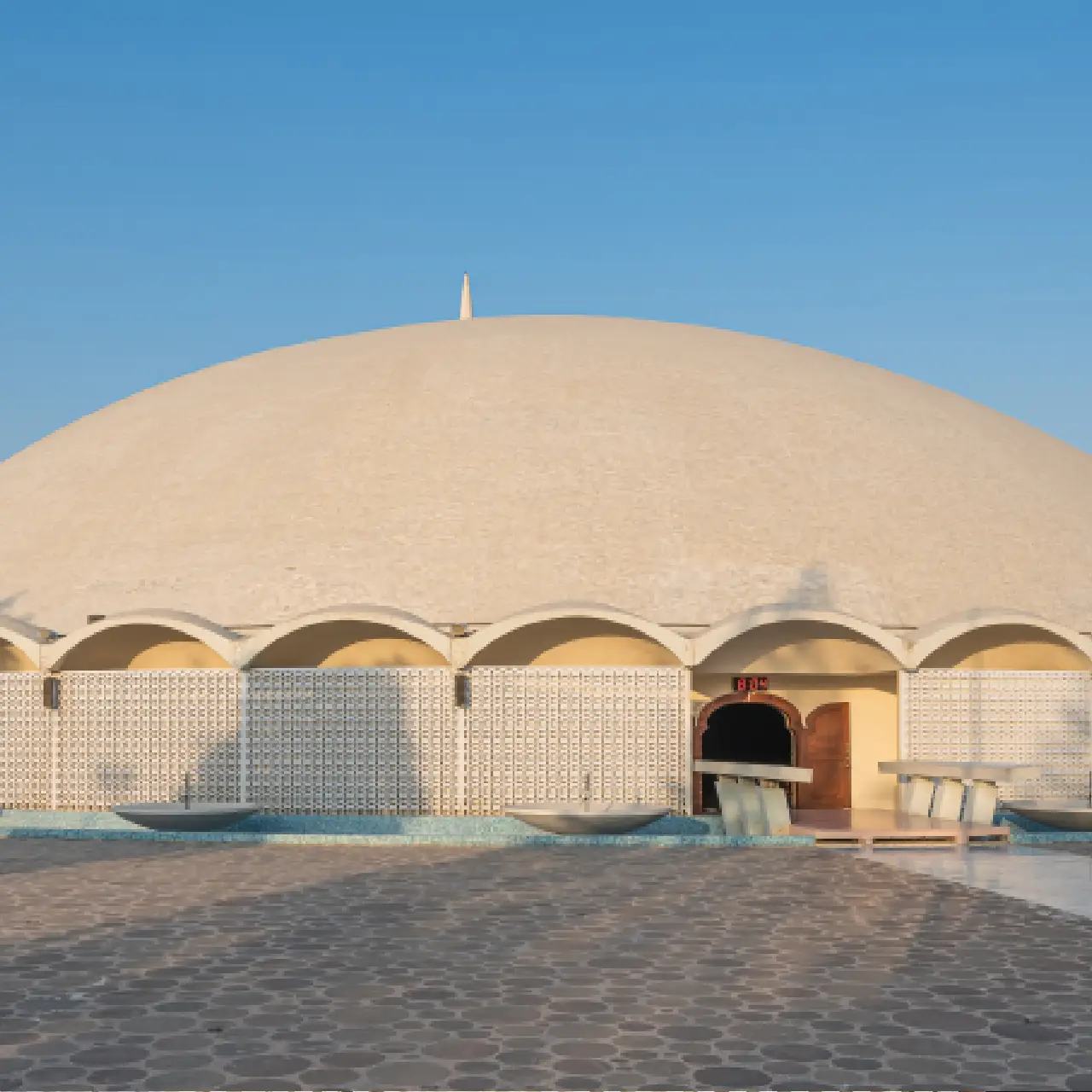
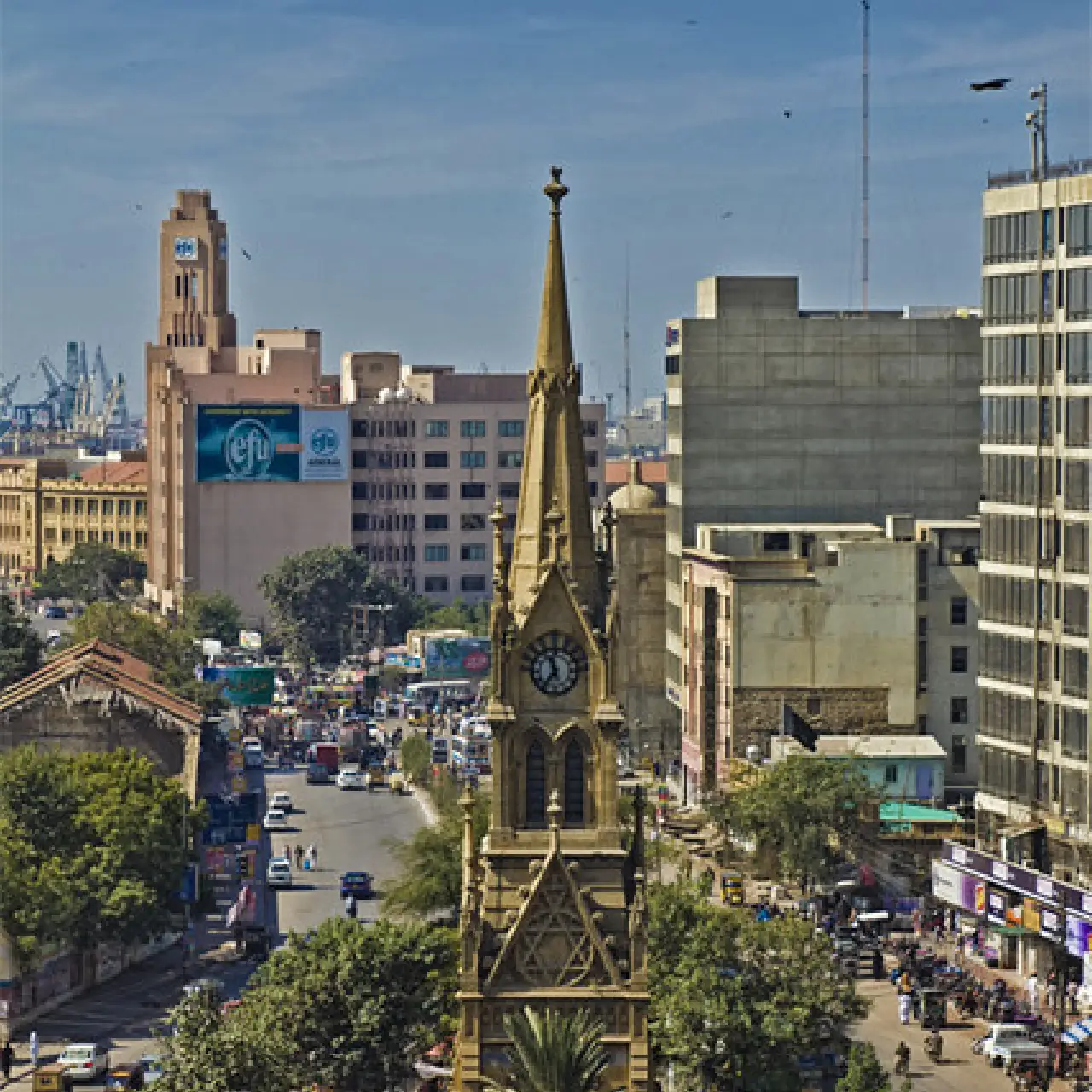
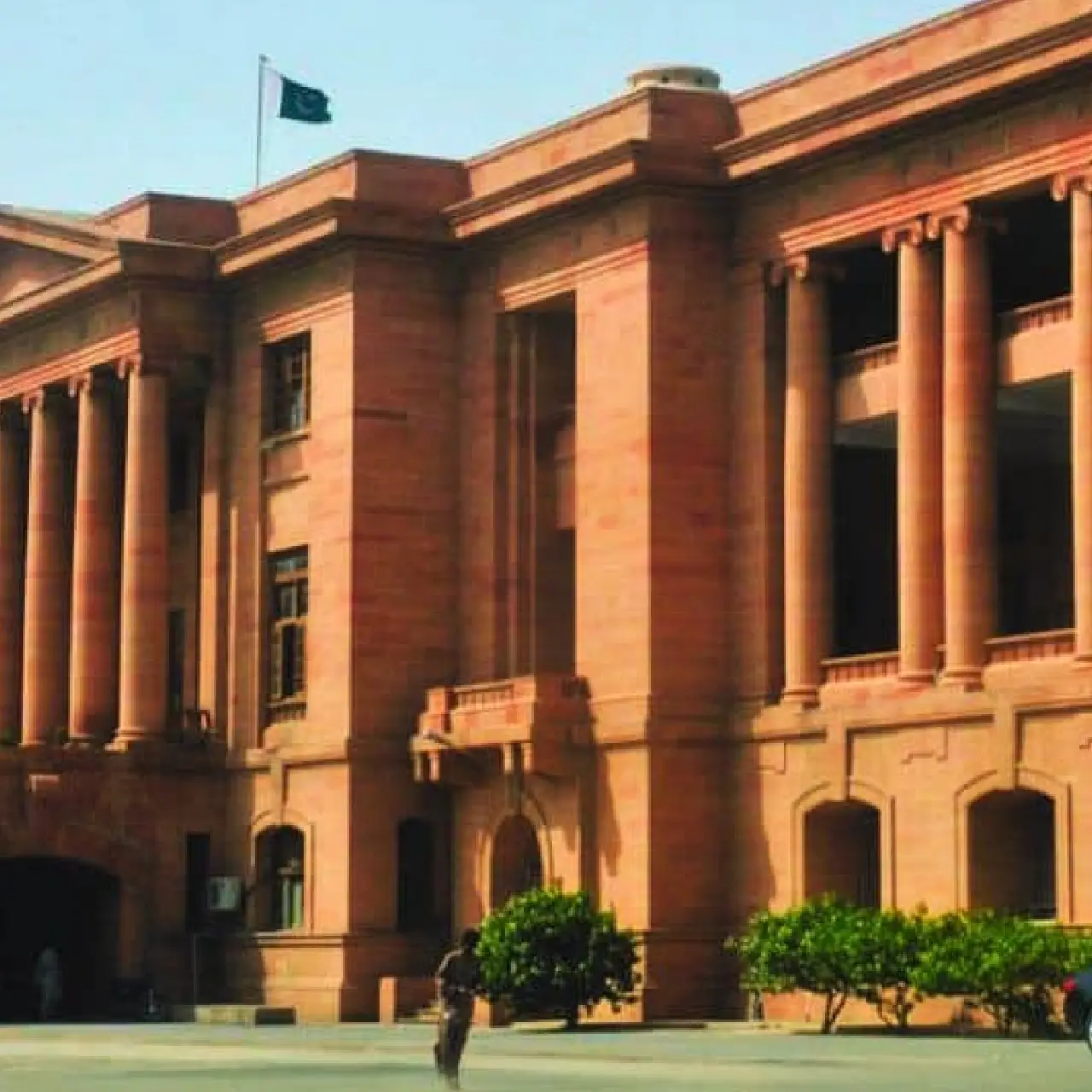
Hyderabad, once the capital of Sindh and now the third largest city of Pakistan, is one of the oldest cities of the sub-continent. Its history dates back to pre-Islamic times, when Ganjo Taken (barren hill), a nearby hilly tract, was used as a place of worship. The city traces its early history to Neroon, a Hindu ruler of the area from whom the city derived its previous name, “Neroon Kot” (Fort of Neroon). The next important phase of its history began when the Indus changed its course from Khudabad.
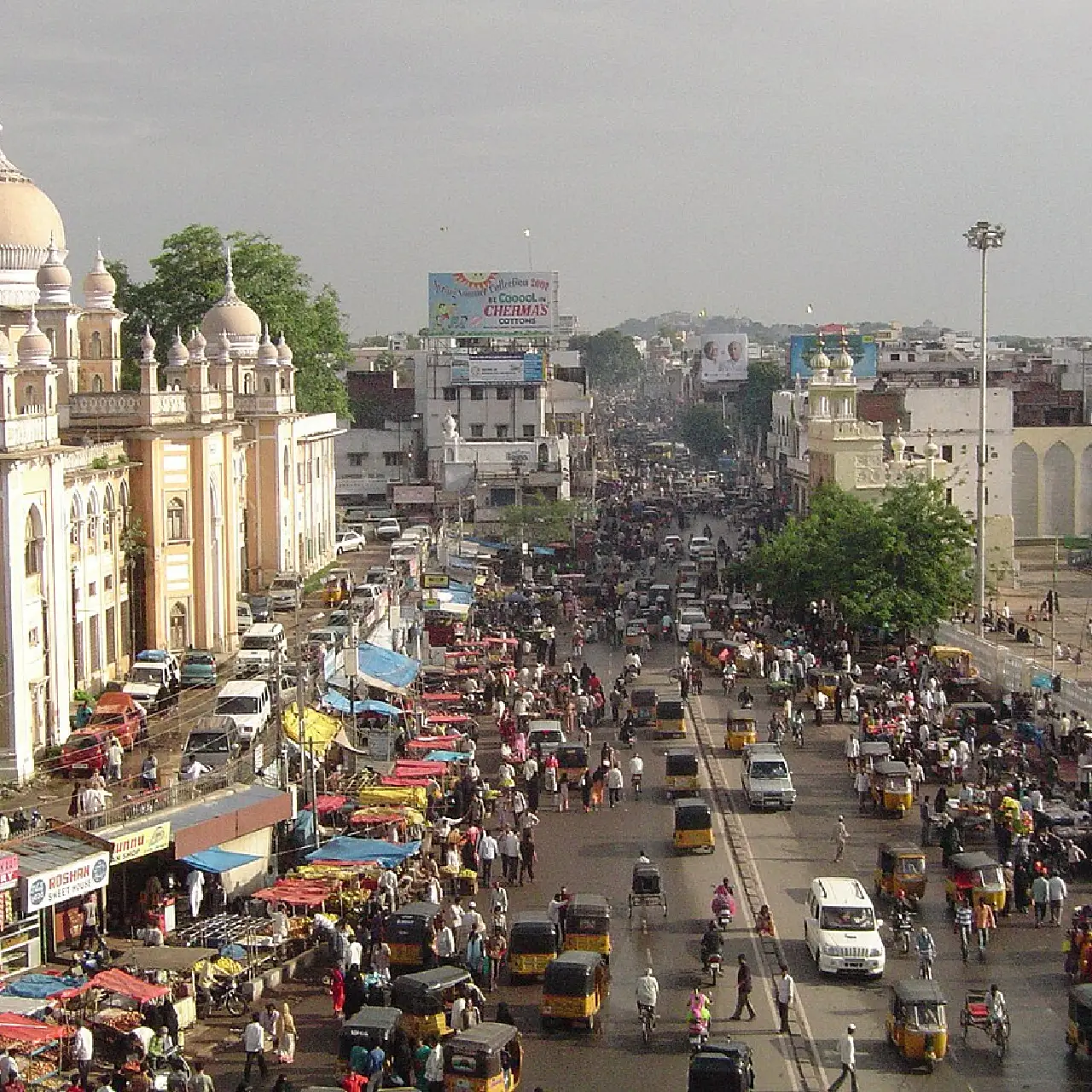
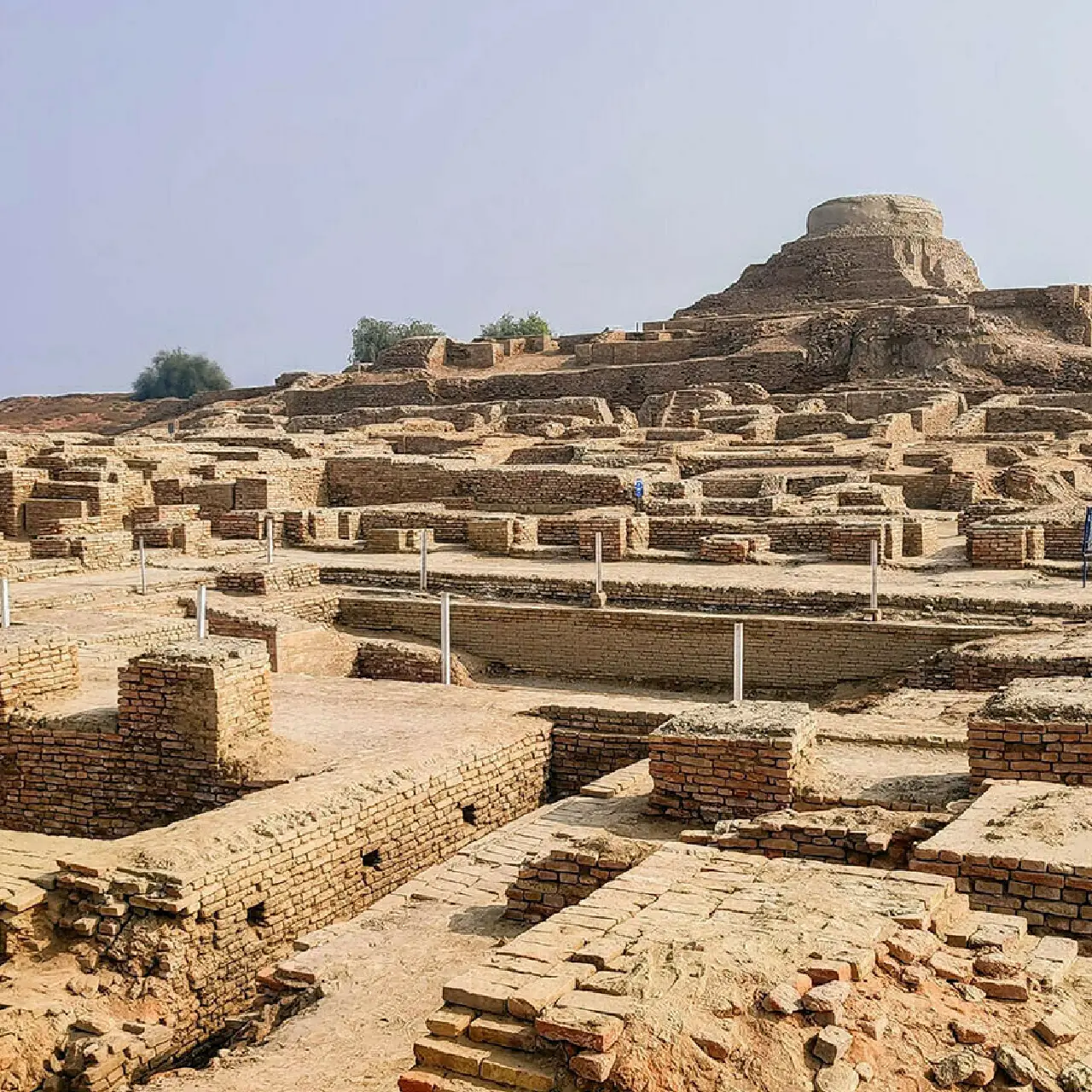
On the west bank of the Indus, 350 miles from Karachi lies Moenjodaro (Mound of the Dead), an archaeological site which has been rated amongst the most spectacular of the world’s ancient cities. Considered one of the earliest and most developed of urban civilizations, Moenjodaro flourished from the third to the middle of the second millennium B.C., when it vanished, leaving only traces of its culture. Moenjodaro, along with Harappa – some 800 miles away – formed part of the Indus valley civilizations and it is now generally believed that these were the cities, referred to in the Rigveda, that were destroyed by Aryan invaders.
In upper Sindh, this is the most important town. More than 2000 years ago the town was at Armor, nine kms (6 miles) east of the present site, but was relocated in 962 A.D., when owing to an earthquake, the Indus diverted its course to its present channel. By the 13th century the twin towns of Sukkur and Rohri were bustling river ports that reached their zenith in the 17th century.
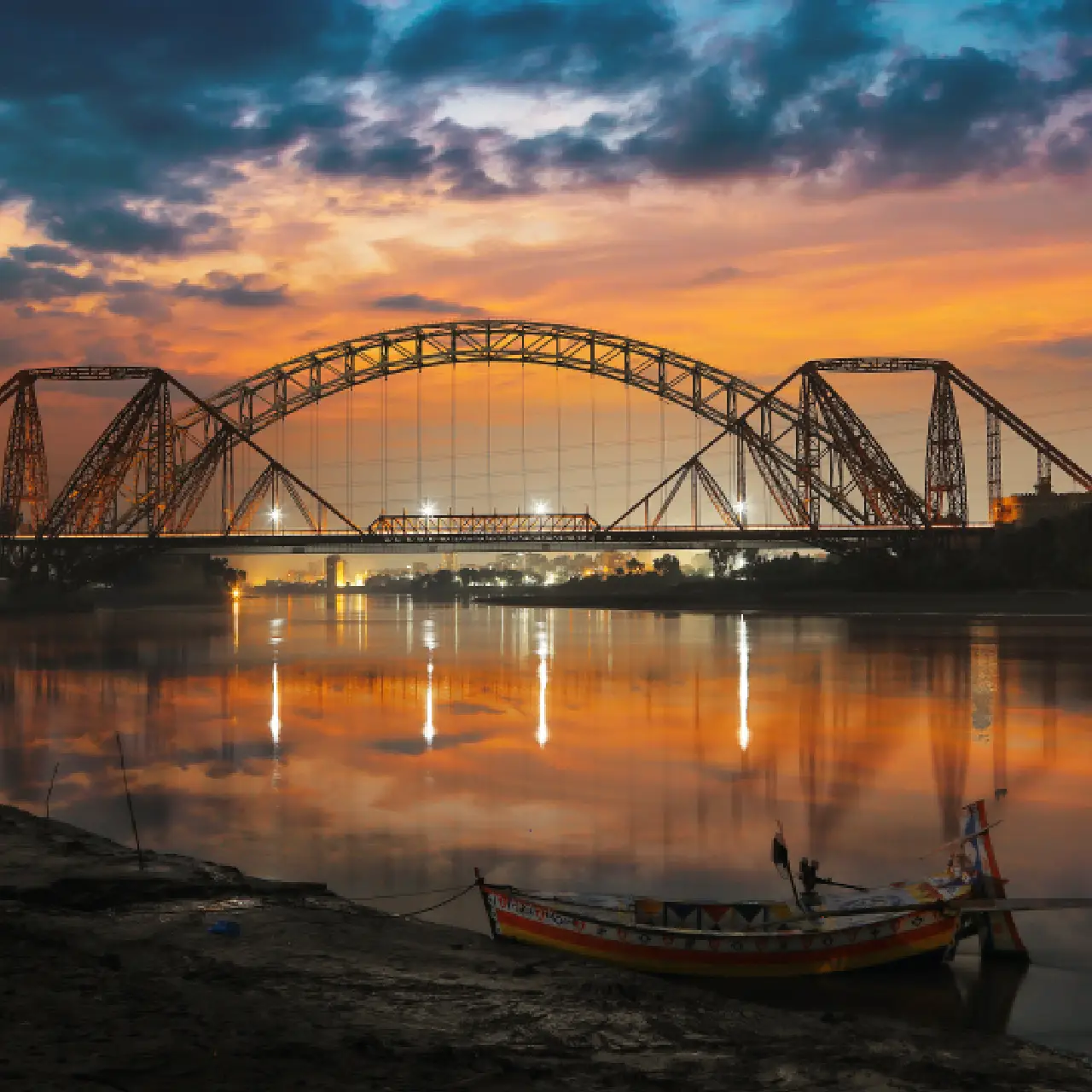
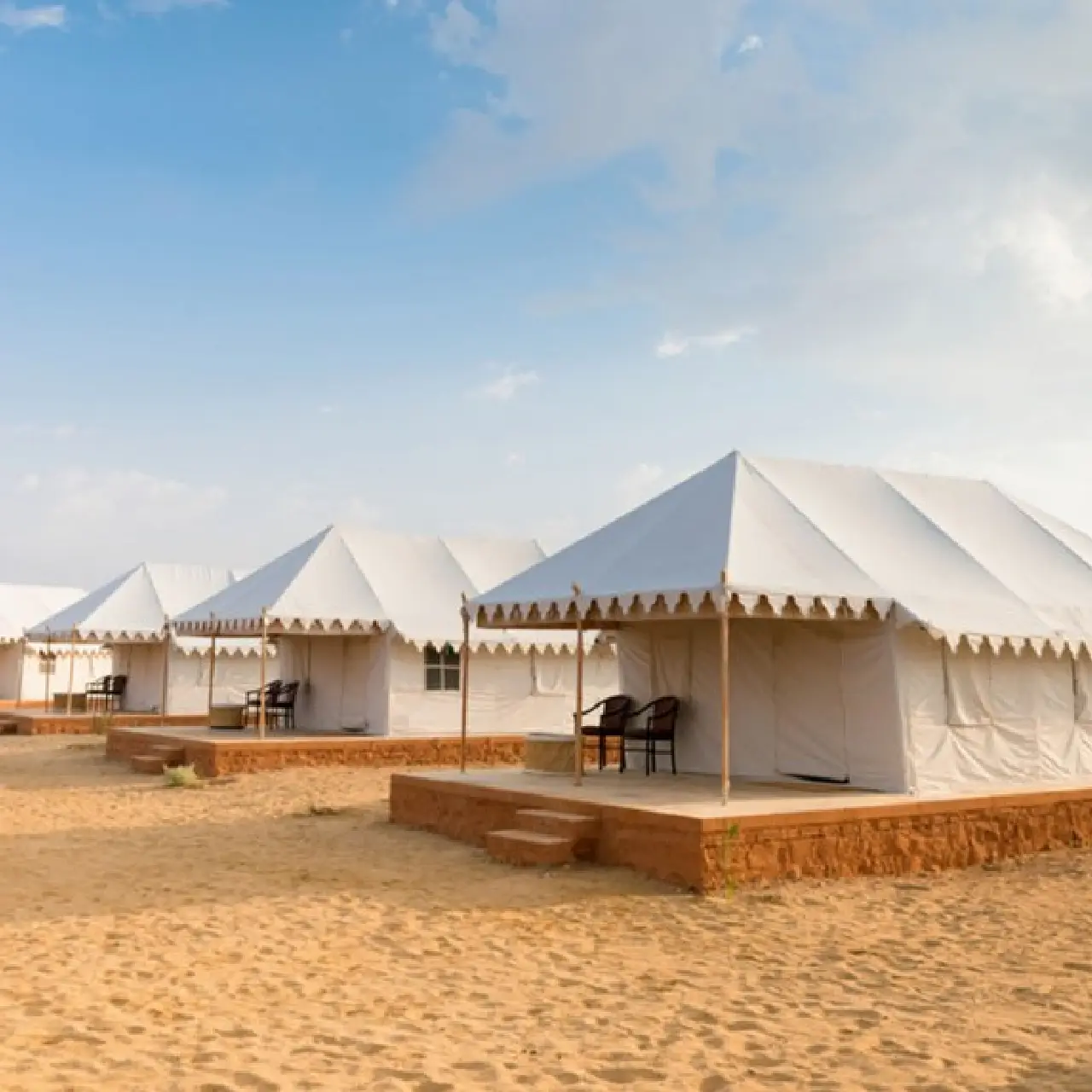
The Thar desert is in the Tharparkar District and is continuation of the Rajasthan arid zone. The District derives its name from the desert it houses. Of a total area of 28,170 sq. kms. (11,404 sq. miles) most is arid except for the coastal belt in the south. The desert area has a colorful heritage with its own distinct folklore, culture, flora and fauna. Some of the major towns bordering the desert are Naukot, Mithi, Nagar Parkar, Chachro and Islamkot that are market centers, situated amidst mud-and-brick houses, narrow lanes, and bazaars, where good buys are items such as tribal embroidery and silver jewellery
This old town is on the other side of the Indus, opposite Sukkur. The ancient city of Aror is a few miles to the east, its ruins lying on the edges of a low limestone range. Of its historical past, not much remains.
Notable attractions in Rohri include the Shrine of War Mubarak (1545), constructed by Mir Muhammad Kalhora. The shrine houses a gold and jewel-encrusted casket containing a strand of hair from the Holy Prophet (P.B.U.H.). This sacred relic is exhibited annually on the 2nd of March for public viewing.
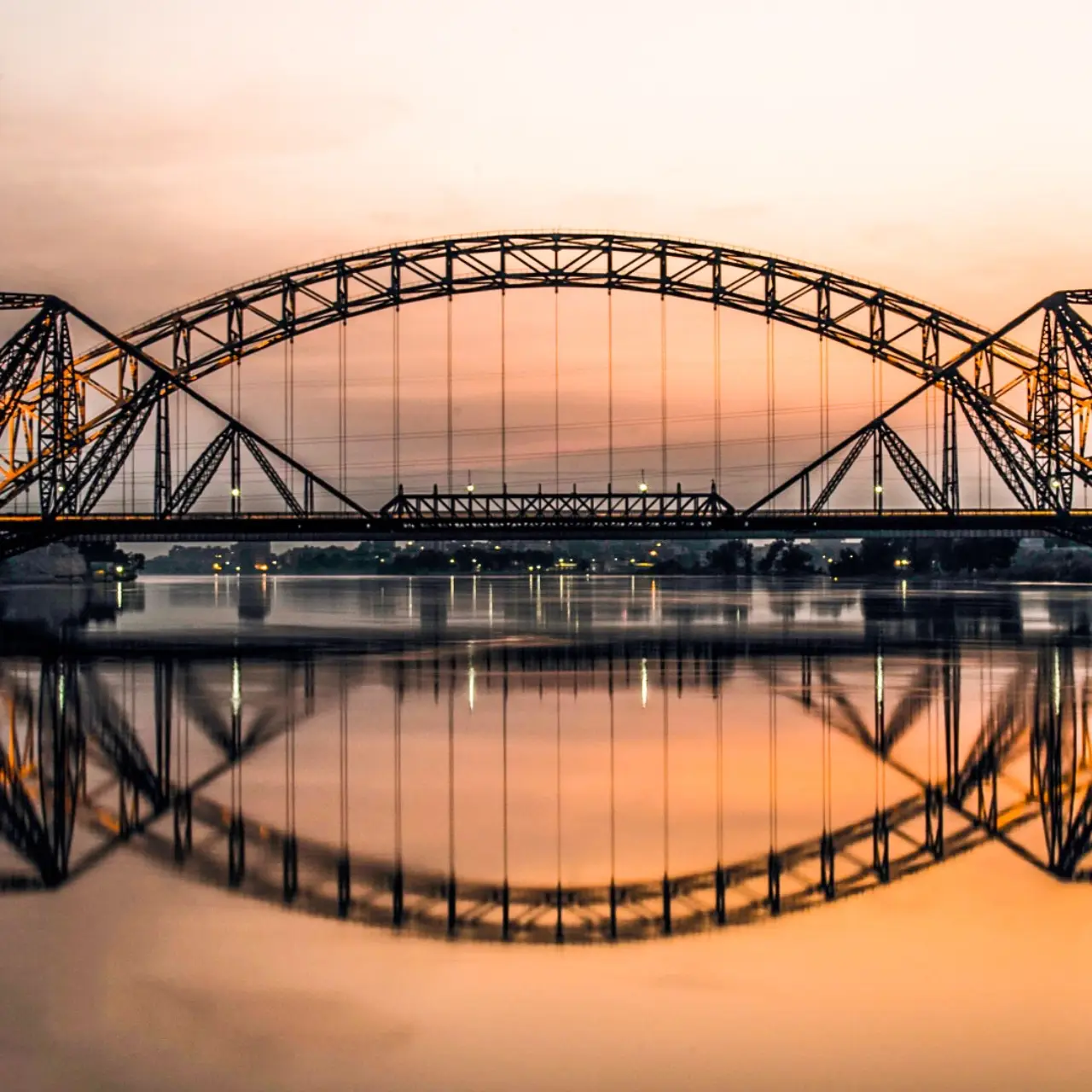
Thank you for considering VISTA Tourism Management Services for your travel needs. Feel free to get in touch with us using the information below or by filling out the contact form. We look forward to assisting you in planning your next adventure